Wild Farming
Stewardship of the environment and wildlife is a key priority at Balcaskie and our aim is to increase the vitality of all of our land. The estate has achieved Wildlife Estates Scotland (WES) certification.
Visit WES
Balcaskie Estate Office
01333 720200 | info@balcaskie.com
Easter Kellie Farm, Arncroach
Anstruther, Fife KY10 2RF
Find us
Stewardship of the environment and wildlife is a key priority at Balcaskie and our aim is to increase the vitality of all of our land. The estate has achieved Wildlife Estates Scotland (WES) certification.
Visit WES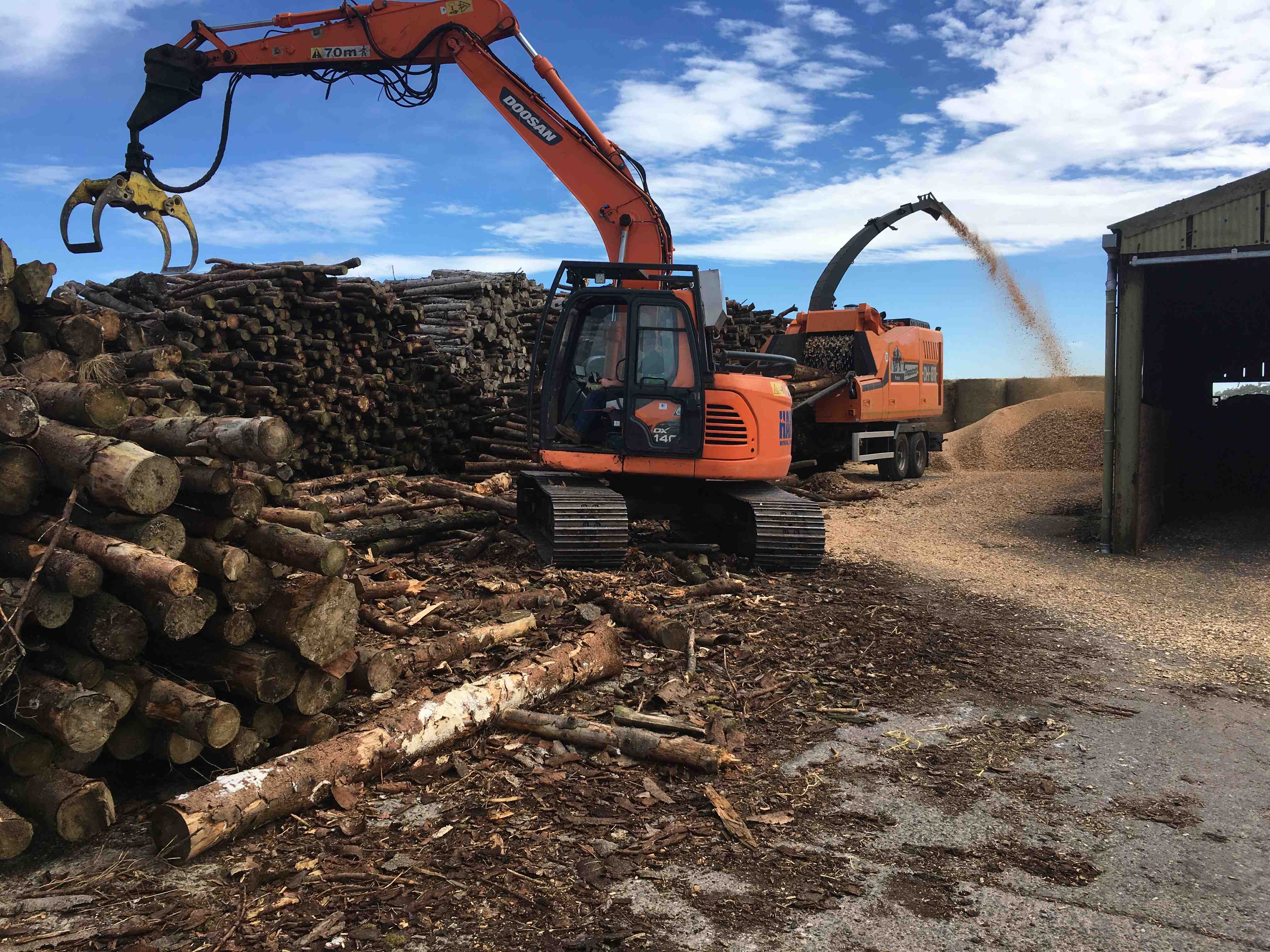
Informed farm management considers the diverse local flora and fauna, harmonising mixed farming practice and long-term sustainability.
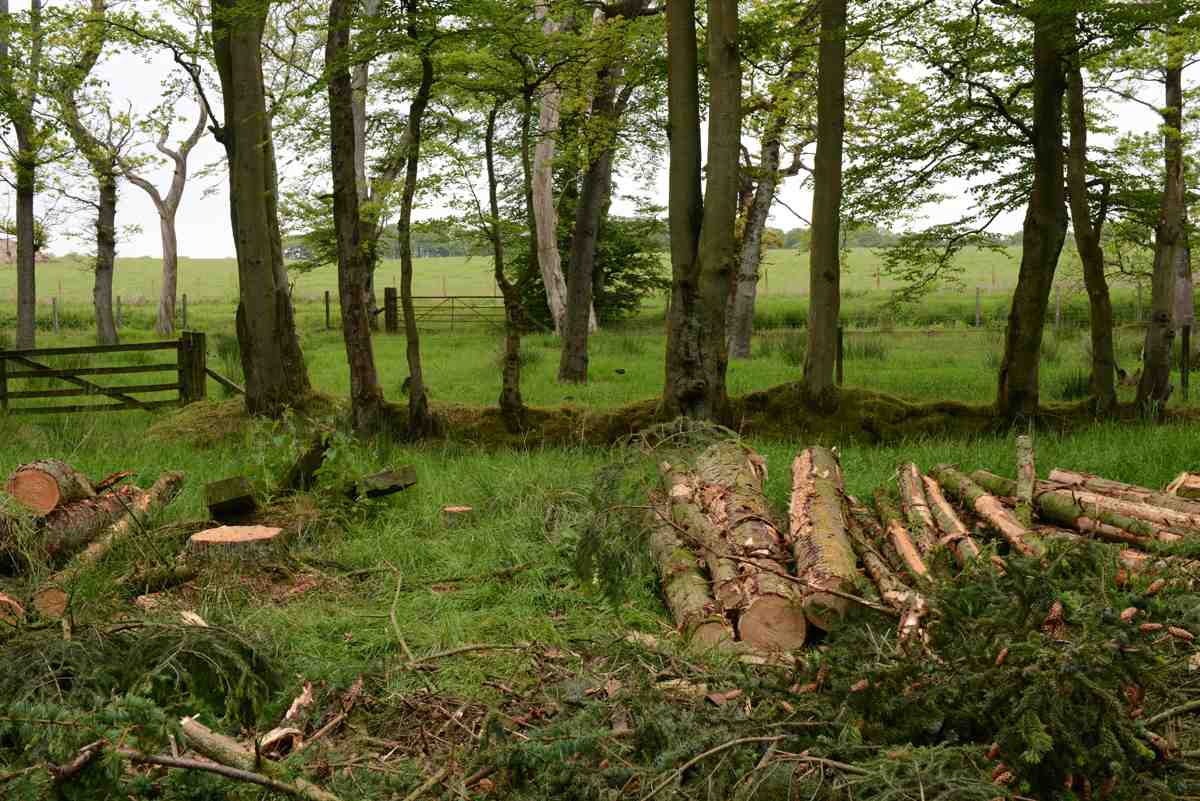
The 180 ha of estate woodland provides habitat and shelter for wildlife and livestock, plus fuel for two of our biomass boilers; a third boiler is fuelled with waste residue and chaff from grain drying. Six solar PV installations are our first trial of direct electricity generation producing a total of 850,000kwh/year.

The East Neuk of Fife is renowned for the number and quality of its Roe Deer. Our local population share our woodland, and a seasonal selective cull helps to maintain the balance and long-term health of the herd.
Visit British Deer Society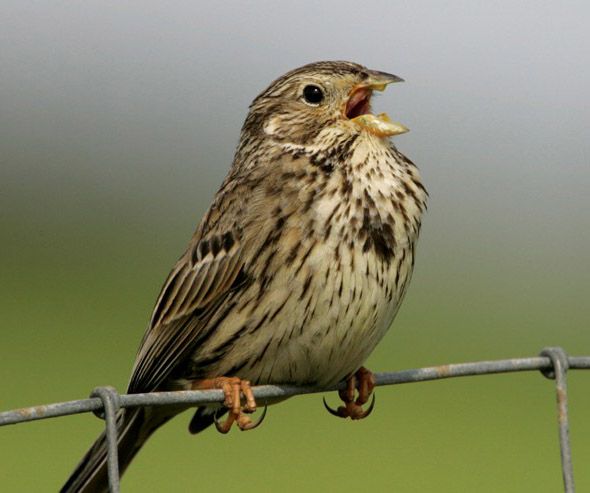
Balcaskie is working with the Bumblebee Conservation Trust and the RSPB to develop seed-mix that benefits pollinators and the RSPB on farmland bird restoration (Corn Bunting and Grey Partridge), plus locally with the Fife Barn Owl Project and Fife Beekeepers’ Association.
Visit RSPB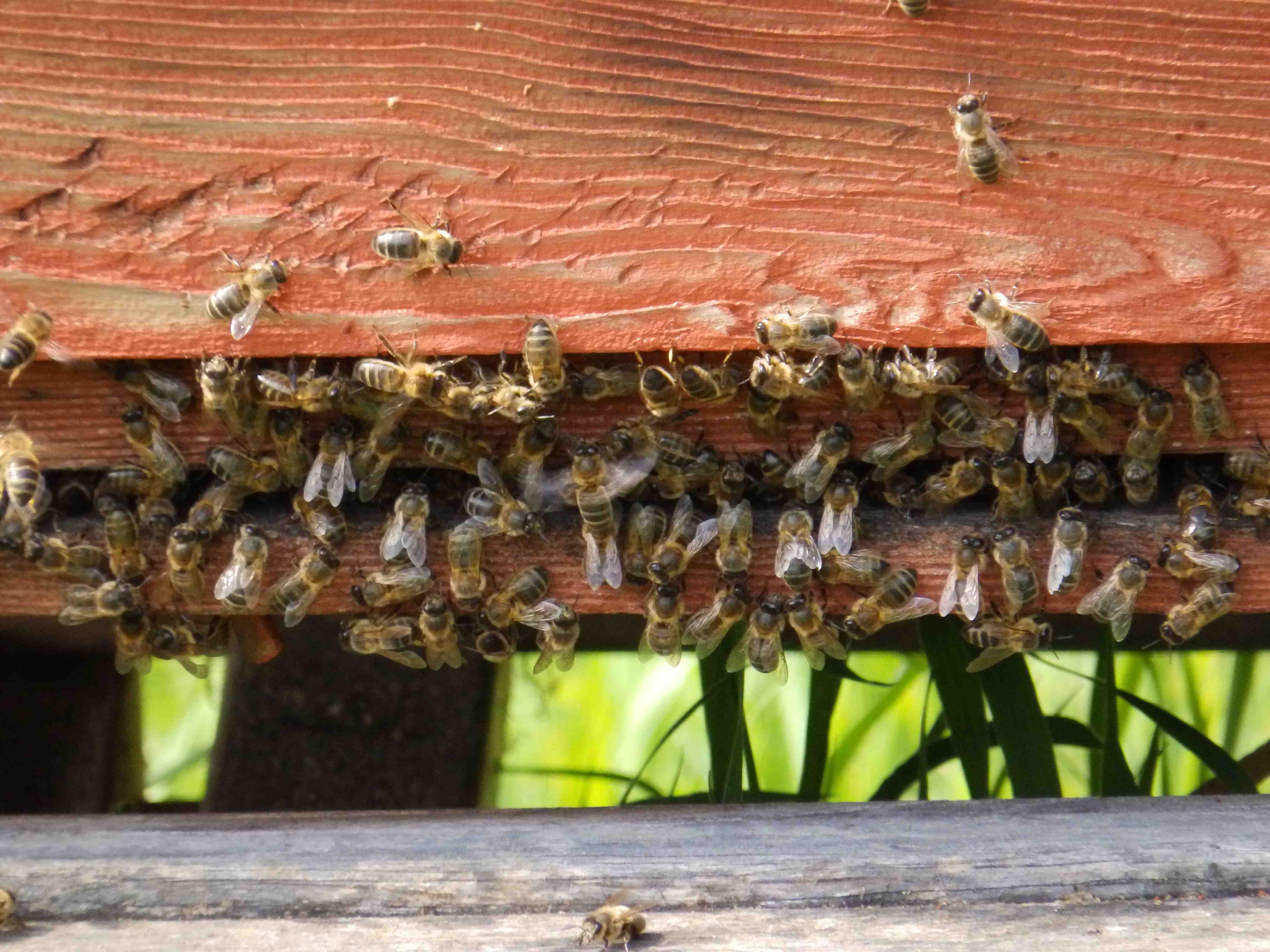
New hedges create much needed habitat, while grass margins surround fields and larger areas are split using beetle banks. The encouragement of beneficial insects reduces the need for artificial pest control and the tufted grass mixed with clover and nectar-rich wild flowers becomes a haven for bees and other wildlife.
Visit Bumblebee CT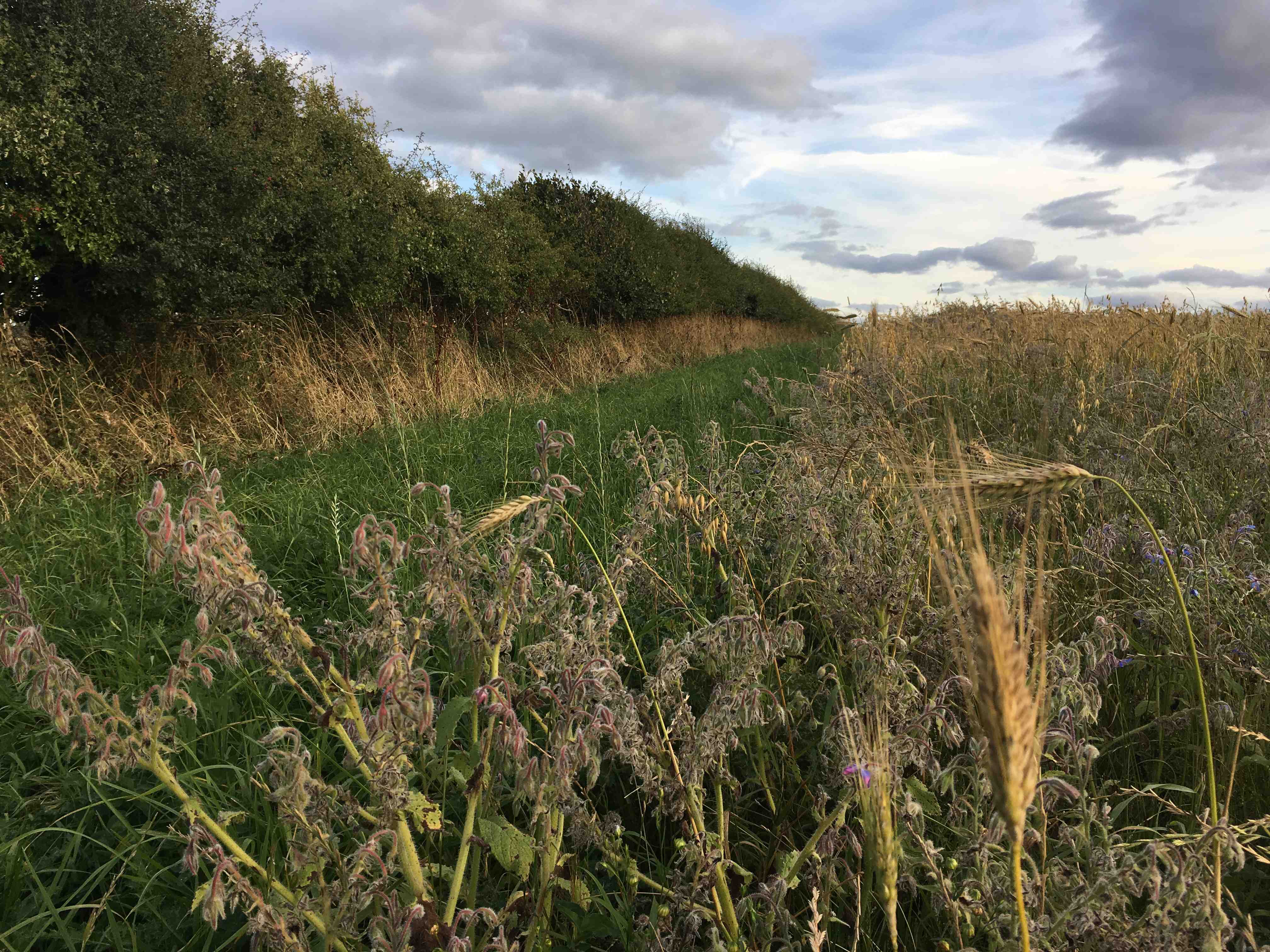
Conservation headlands are left unharvested, providing annual weed ground cover and access to crops as well as a food source and shelter for farmland bird chicks. Mini dung middens attract insects like beetles and bird feed hoppers and wild bird seed crops provide additional vital food for farmland birds over winter.
Visit GWCT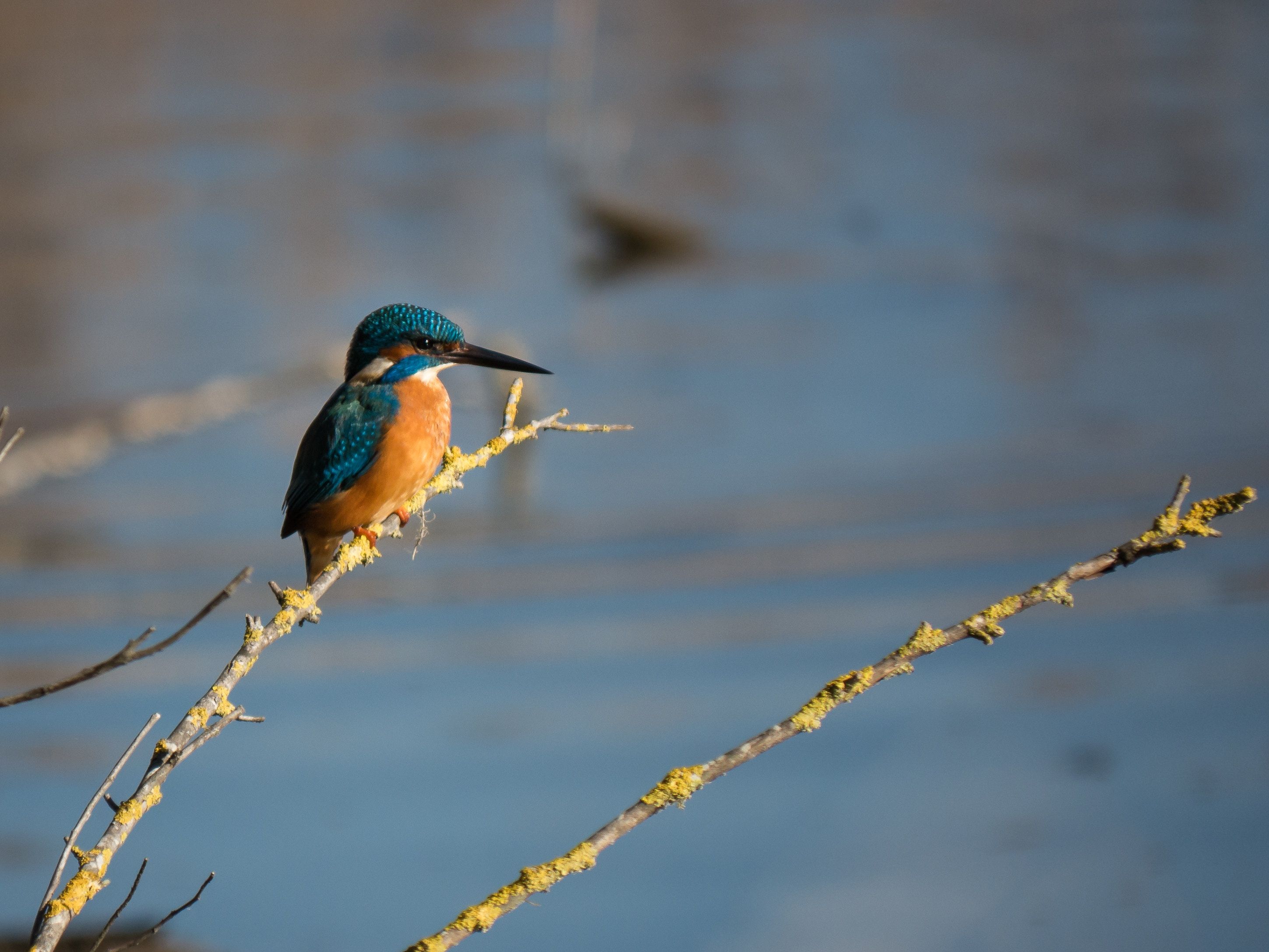
Irrigation water is supplied by the estate’s own reservoir and boreholes, and buffer strips of grass reduces surface water runoff. Excluding livestock and working with Scottish Environment Protection Agency (SEPA) has reduced pollution so that Brown Trout, Otter and Kingfisher have returned to the Dreel burn, and has also been key to the survival of species in the Firth of Forth.
Visit SEPA
